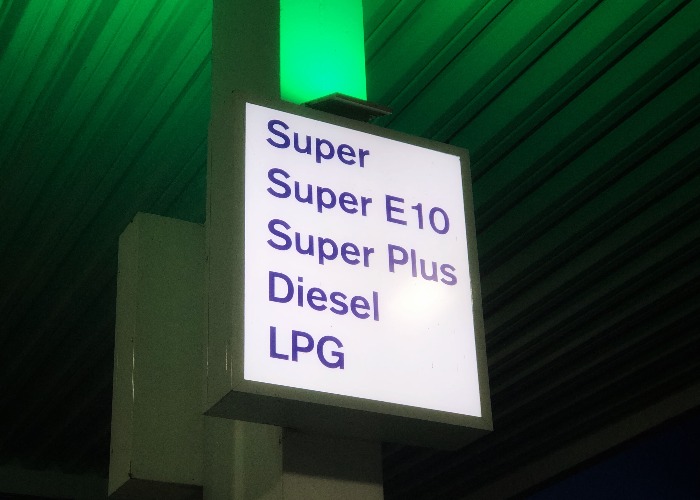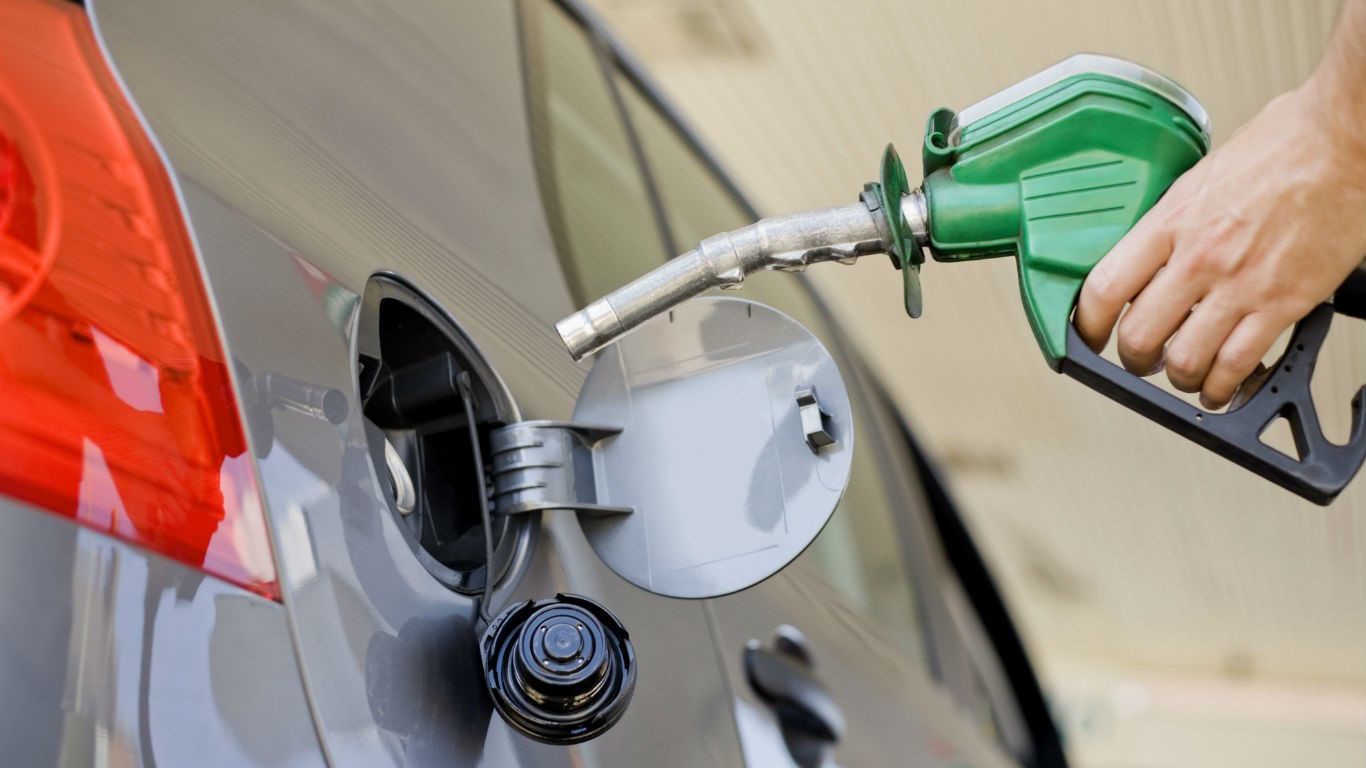Will new E10 petrol work in my car? How to tell which makes and models are compatible

The UK is switching to a new type of petrol called E10 but almost 1 million cars are incompatible, including some older Ford Mondeos, Renault Meganes and Lagunas. Here's what the switch to E10 fuel means and how to find out if your car can run it.
The UK is switching to a greener type of fuel known as E10 that many older models won't be able to run.
Currently, if you fill up with the standard petrol on offer, then you’re putting E5 fuel in your car. This means that it contains up to 5% renewable ethanol.
However, from September E5 is being upgraded to E10 petrol, meaning that the standard petrol will contain up to 10% renewable ethanol.
Here, we'll run through all you need to know about the petrol switch and what owners of incompatible motors can.
Whatever fuel you need, save every time you fill up with these cheap petrol and diesel tips.
Why are we switching from E5 to E10 petrol?
The measure is designed to make our fuel consumption a little greener and friendlier to the environment, meaning our cars will pump out less carbon dioxide.
There is a slight sting in the tail though. Certain cars won’t be able to handle the new E10 fuel.
How many cars can’t run on E10?
The Government has suggested that 95% of petrol-powered vehicles on UK roads today will work just fine on E10 fuel.
Which sounds great, until you consider that we have rather a lot of petrol-powered cars in the UK.
According to data from the Department for Transport, in 2020 there were around 18.7 million petrol cars on the roads, not even allowing for the motorcycles that also run on petrol.
That means the best part of a million cars are unable to run on the new version of petrol that will become standard within just a couple of months.
It’s worth highlighting that E10 may be new to the UK, but isn’t exactly cutting edge.
It’s already widely used across the continent, the US and Australia, and importantly has been the reference fuel against which new cars have been tested for emissions and performance since 2016.
Can my vehicle handle E10 petrol?

All cars built since 2011 are compatible, while many older cars will deal with it fine too.
So which car manufacturers and models can't run on E10 petrol? There are a few popular older models that are affected, such as the Ford Mondeo 1.8 SCI (2003 to 2007) and certain Renault Meganes and Lagunas made between 1999 and 2002
To find out if your care can run E10 petrol you can head to this section of Gov.uk website and carry out a petrol check, which has been developed by the Department for Transport based on information from the European Automobile Manufacturers’ Association and the European Association of Motorcycle Manufacturers.
Importantly, the Government has warned that it can’t guarantee how accurate that information is, while if your vehicle has been fitted with replacement parts it can also impact how well your vehicle copes with the petrol.
Pointedly, the Government’s website emphasises that ultimately it’s us drivers who are responsible for putting the right fuel in our vehicles.
In other words, if the petrol check says your car will cope with E10 fine, and the reality proves rather different, you’re on your own.
Using the tool, you will be asked to select your car’s manufacturer. You’ll then be presented with a list of vehicles that are not cleared to use E10.
What happens if I fill up an incompatible car with E10?
Using E10 fuel in a car that isn't compatible shouldn't be a huge issue if you mistakenly do it as one-off, but repeatedly doing so could cause more severe damage.
As motoring group RAC explains here, "the consequence of putting E10 fuel in an incompatible vehicle depends on the vehicle/engine variant and how much fuel has been put in."
"It may cause some pre-detonation (‘pinking’), and perhaps a little rough running and poor cold starting, but it shouldn't be a disaster for the driver.
"The RAC understands that if you put E10 fuel in an incompatible car it will still run, but seals, plastics and metals may be damaged over longer periods as a result of bioethanol's corrosive properties.
"There have also been reports that E10 is a less stable fuel and that this can make it more difficult to start a vehicle that has not been driven for an extended period."
What to do if your car isn't compatible with E10
So if you happen to have one of these motors that can’t handle E10 particularly well, what are your options?
The good news is that you don’t have to immediately head to your local dealership and demand a more modern motor.
According to the Government, most filling stations will continue to stock E5 petrol in the form of the ‘super’ grade fuel, with it clearly labelled whether you are filling up with E5 or E10.
Of course, the fact that it will be the super grade fuel means that it will be more expensive, so there will be an additional cost that comes from having a motor that relies on E5 petrol.
Time for a new motor? See how much your current car is worth by getting a quote in minutes from Motorway below:
Comments
Be the first to comment
Do you want to comment on this article? You need to be signed in for this feature